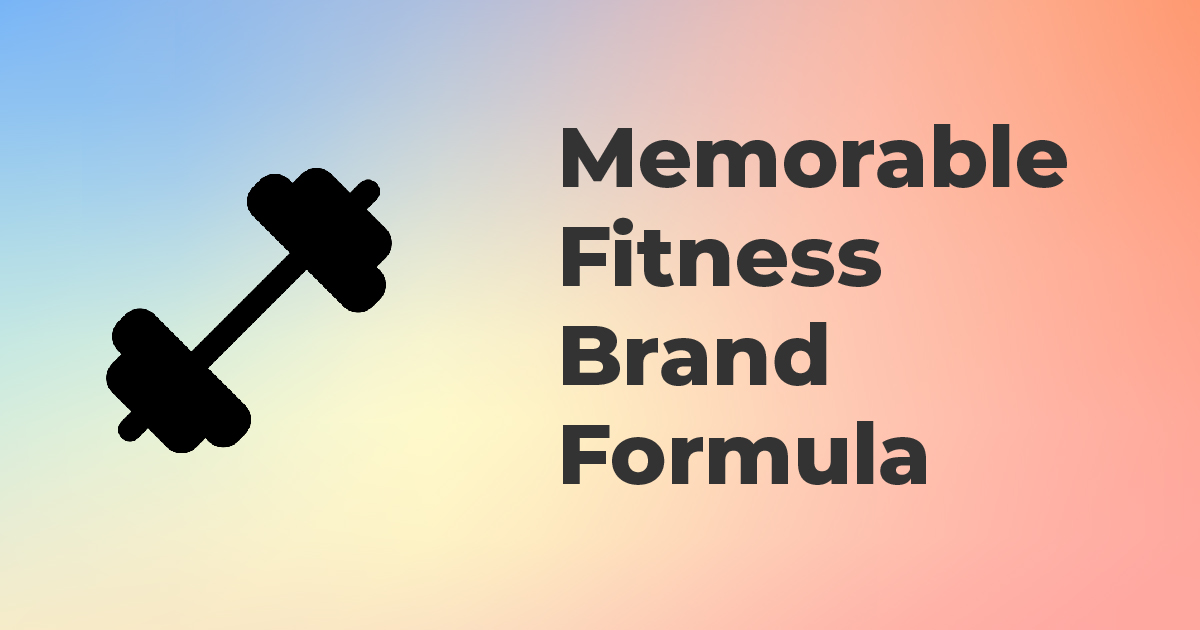
When personal trainers think about branding they think about logo, website design, and maybe colors and fonts. Basically for most personal trainers (and many other businesses), branding means how their business looks from the outside.
Grow Your Fitness Brand with Trainerfu – Start Now!
Build your brand and attract more clients with marketing tools that work. Discover how Trainerfu can help you promote your business effortlessly.
Try it freeAnd to be honest, these are all very important elements of building a memorable brand. _But _a good brand is so much more than the design of your business cards and website. Branding is one of the most powerful marketing tools and is crucial for building a highly profitable business.
So are you dying to see how to build a great fitness brand that helps you connect with more clients? First, let’s see what a good brand really is and why you need one. Then, we’ll tell you everything you need to know about building a brand that people remember and love.
Inside this blog:
- Chapter 1: What is a fitness brand?
- Chapter 2: Why do you need to build a fitness brand?
- Chapter 3: How to build a memorable fitness brand?
What is a fitness brand?
Branding is about the message you send, the story you tell, and the way people feel when interacting with your business. It includes all aspects of your business like logos and color choices, the tone of your online content, and your mission statement.
In simple words, your brand is how people would describe your business to their friends. The process of brand building is controlling the narrative, deciding what you want to be famous for and making sure you become famous for that.
Let me give you few examples:
Fedex brand focuses overnight delivery. Their advertisements talk about overnight delivery. Their logo has an arrow that conveys speed. They want people to think about them when they think about overnight delivery.
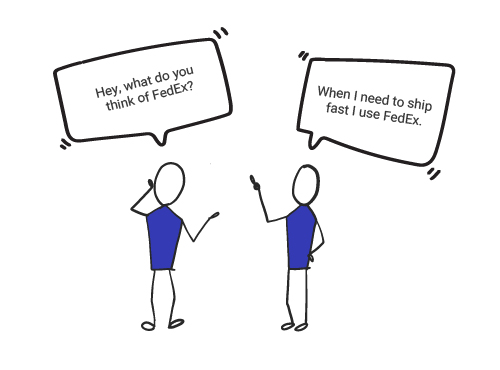
The Apple brand is their well designed products. Apple uses sleek and simple packaging and lets the product features speak for themselves. Apple focuses on innovation and wants everyone to know it.
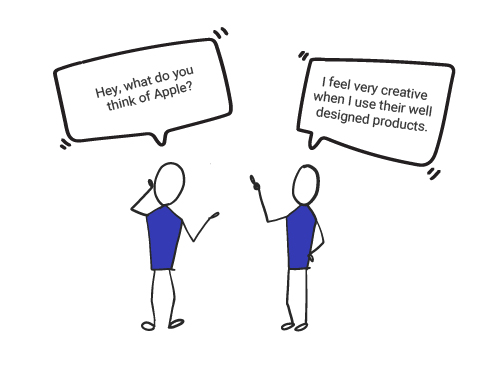
Toyota is famous for their reliable cars. Obviously their cars are more than just reliable, but they decided to become famous for reliable cars and that’s what they did.
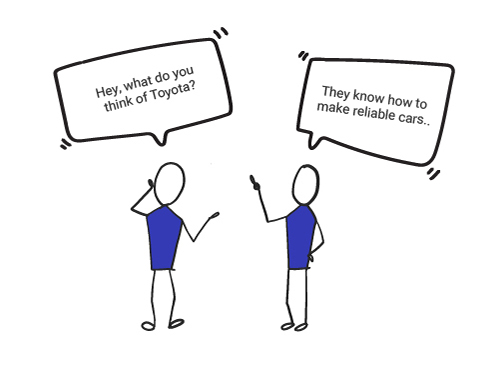
So now that you understand what brand is, let’s look into the next big question.
Why do you need to build a fitness brand?
Branding is a huge part of fitness marketing. When marketing, your goal is to get people to like you, remember you, and trust you – your brand helps you do that.
People remember things by association. Let’s go back to our examples from above:
Fedex → Overnight delivery
Apple → Well designed products
Toyota → Reliability
You want people to hear your name (or the name of your business) and have immediate recognition. Build your brand around what you want to remember you by, so that they will think of you when they have a need you can serve.
Not only do you want people to remember you, you want them to like _you. _Your brand needs to be relatable, inspirational, and likable. This helps people see you as someone they can trust, someone they want to be like.
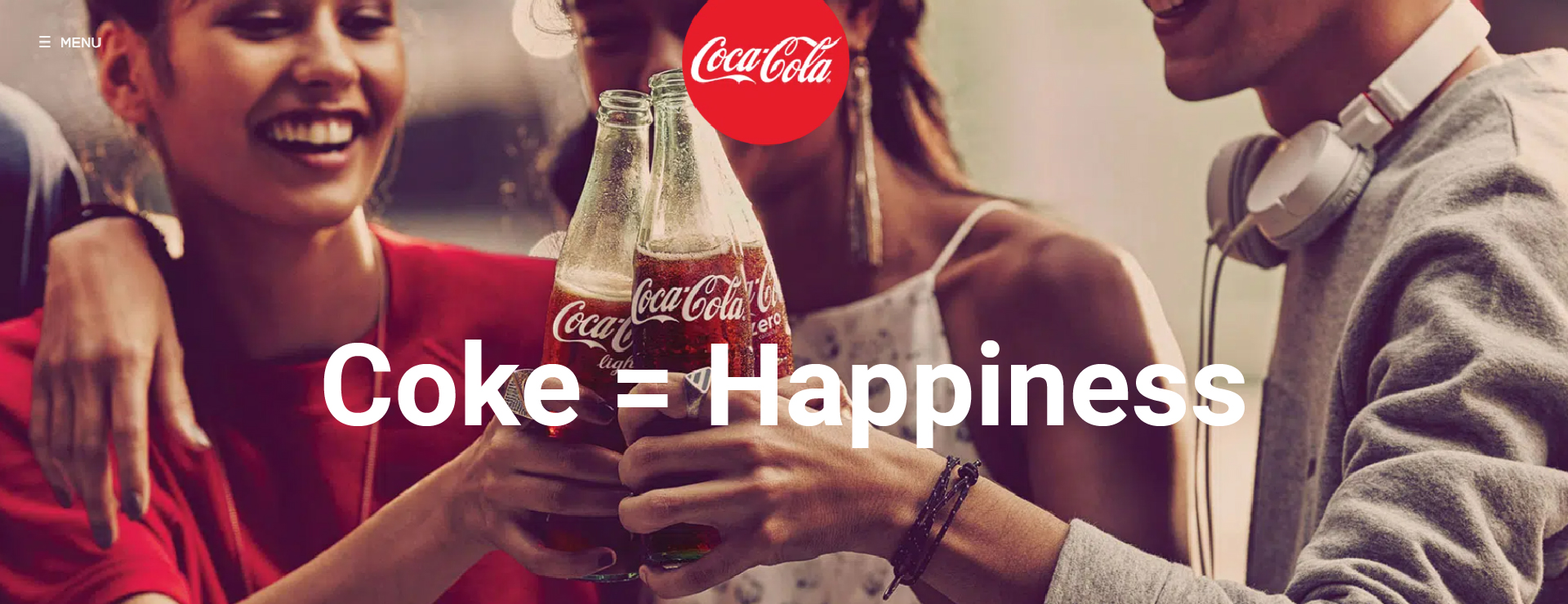
Creating a fitness brand can help you stand out in a pretty saturated market. It can make a huge impact on the scalability and sustainability of your business.
Now we know what and why. It’s time to talk about the how.
How to build a memorable fitness brand?
We will break this section down into four parts. Each plays a big role in building your fitness brand.
Let’s begin!
Part 1: Your message
Messaging is a key player in an overall brand experience. It’s important to have consistent messaging, in the same brand voice, across all your platforms. Your message should be clear, and repeated over and over again. Let’s break down the steps you need to take to define your brand messaging.
Find your niche
To get clear on messaging, you need to know who you’re talking to. A senior with mobility issues probably doesn’t have quite the same problems as a recent high school grad that’s wanting to get into weight lifting.
You need to know who you’re serving and how to best communicate with them. Get really clear on your niche, and let your niche inspire your messaging.
What change do you want to see in the world for your niche?
What challenges do you help the people within your niche overcome? How do you do it differently? This is your competitive advantage and you need to be able to communicate it well.
Write your mission statement
Sum it all up: What’s your niche and the problem you solve for them? What’s your #1 mission when it comes to your personal training?
Create content around this messaging
Once you are more clear on the message you are trying to send, you will use that knowledge to create all your content moving forward. Emails, website copy, flyers, Facebook posts – all of your different types of content should work together to spread the same story about your brand.
Part 2: Brand identity
You can think of your brand identity as the personality of your brand. People connect with people – not a non-living business. Brands that have human quality create an emotional bond with their customers.
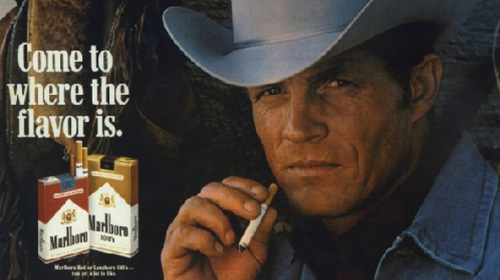
Malboro showcasing masculine personality
For some large businesses adding a “human element” to their brand identity can be challenging. However, as a personal trainer, you are your business, so by simply letting your own personality shine, you can add a relatable, human quality to your business that helps you connect to your customers.
Part 3: Visual identity
Brand identity is about how your brand feels, now let’s focus on how it looks.
The elements of a brand’s visual identity are what you might expect:
Color + Images + Logo + Fonts
Color conveys emotions. That is why all environment focused brands choose green. And just think about how many businesses incorporate the color red in their branding!
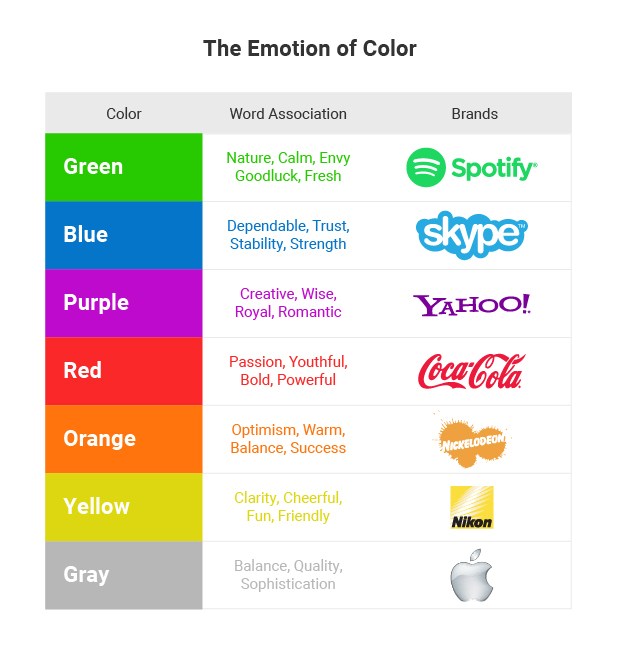
Fonts can also say a lot about your identity. Are you straightforward and to the point? Or do you like a little flair?
The colors and fonts you choose should be used across all your platforms. Use a design tool like Canva that can help you easily save brand colors and fonts and work from predesigned templates that can help you create a consistent look.
The colors and photos you choose should come from the brand identity that you developed.
If you want to appeal to parents, use kids’ pictures on your social media. If you want to play up a holistic approach to fitness, use calming colors on your website and include images of clients doing yoga and meditation in addition to running or lifting weights.
Use the same style for your logo. Don’t get over complicated – design a simple, unique logo that will appeal to your niche. You can create a logo on Canva or hire a designer from Upwork if you have some money to spare.
Part 4: Assets
Once you have a concept for your brand, you can use your assets to support it. All of your assets should align with your brand. All of the following should have the same colors, logos, fonts, and imagery. Use the same language in written content to speak to your ideal client and tell your story.
- Website
- Physical assets like business cards and flyers
- Email and social media content
Another must have asset to make your brand truly stand out from the competition is a custom app. TrainerFu lets you customize the look and feel of your app and personalize the client experience. This strengthens your brand and can help you grow your fitness business.
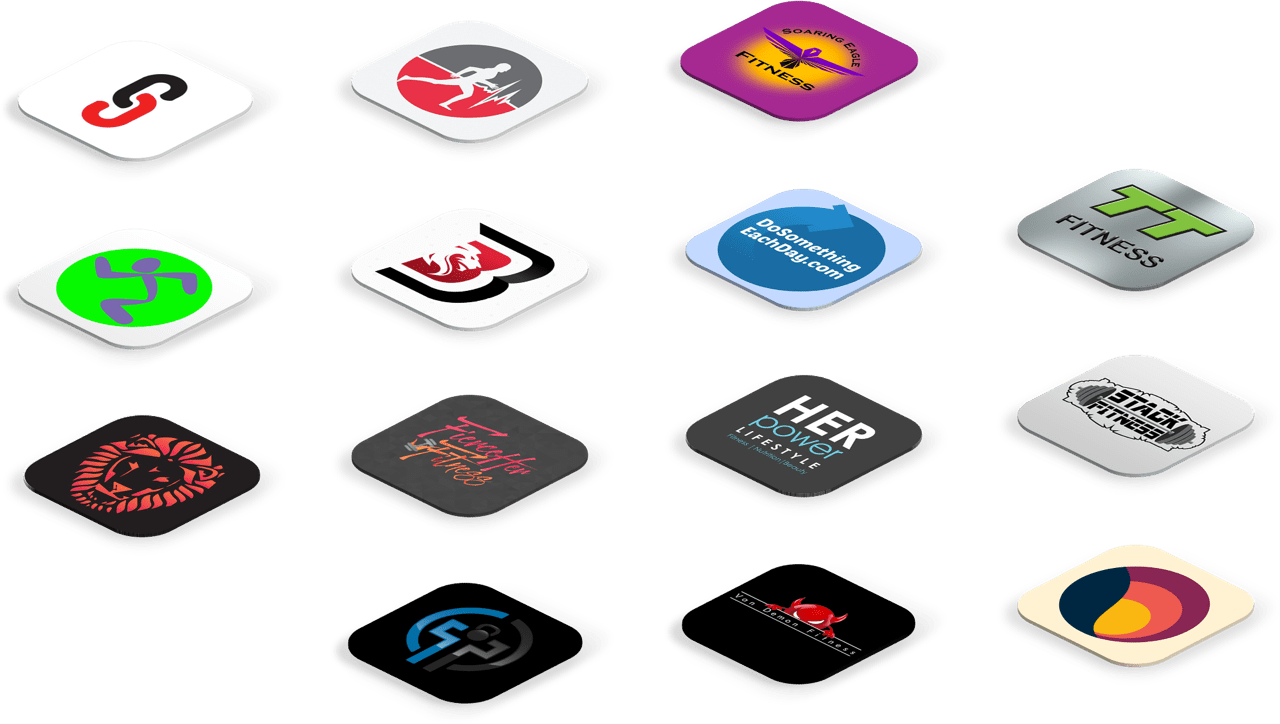
To sum it all up
Your fitness brand is so much more than picking a couple of colors and a font or two. Your brand is the story that you tell and how other people would describe your business.
Focus on every part of your brand: your message, brand identity, visual identity, and assets. As your business evolves, you may change different brand elements, and that’s ok.
Always work towards a brand that lets your strengths shine and highlights the impact your personal training makes. You’ll find that your brand helps you connect with more ideal clients and build a profitable business.
Frequently Asked Questions
1. What is a fitness brand?
A fitness brand is the identity and message a personal trainer or fitness business conveys to clients. It includes visual elements like logos and colors, as well as intangible elements like tone, mission, and the overall experience clients associate with the business.
2. Why is branding important for personal trainers?
Branding helps trainers stand out in a competitive market, builds trust, creates recognition, and makes it easier for clients to connect emotionally with the trainer’s business.
3. What steps are involved in creating a memorable fitness brand?
- Define a clear message that reflects your niche and competitive advantage.
- Build a consistent brand identity with a relatable personality.
- Develop a visual identity using colors, fonts, logos, and images aligned with your brand message.
4. What is the role of visual identity in fitness branding?
Visual identity includes the colors, fonts, logos, and imagery that represent your brand. These elements create emotional connections and ensure consistency across platforms, helping clients instantly recognize your business.